1After this, Jesus traveled about from one town and village to another, proclaiming the good news of the kingdom of God. The Twelve were with him, 2and also some women who had been cured of evil spirits and diseases: Mary (called Magdalene) from whom seven demons had come out; 3Joanna the wife of Cuza, the manager of Herod's household; Susanna; and many others. These women were helping to support them out of their own means. (Luke 8: 1-3)
From this passage in Luke, we understand that Mary was offering support—possibly financial support, as well as tending to basic needs-- of Jesus and His disciples. She further is described as having been exorcised of seven demons, although some scholars belief this to be a description of illness (mental), rather than an indication of a past sinful life. In either case, it is clear that the grace of the Lord, through the love of Jesus Christ, healed Saint Mary Magdalene.
Despite being mentioned by name in all the Gospels, Biblical scholars are divided on the identity of Mary Magdalene throughout the Bible. In the sixth century, Pope Saint Gregory the Great conflated Mary Magdalene with the nameless woman who washed Christ's feet with her tears (Luke 7:36-50):
36Now one of the Pharisees invited Jesus to have dinner with him, so he went to the Pharisee's house and reclined at the table. 37When a woman who had lived a sinful life in that town learned that Jesus was eating at the Pharisee's house, she brought an alabaster jar of perfume, 38and as she stood behind him at his feet weeping, she began to wet his feet with her tears. Then she wiped them with her hair, kissed them and poured perfume on them.
39When the Pharisee who had invited him saw this, he said to himself, "If this man were a prophet, he would know who is touching him and what kind of woman she is—that she is a sinner."
40Jesus answered him, "Simon, I have something to tell you."
"Tell me, teacher," he said.
41"Two men owed money to a certain moneylender. One owed him five hundred denarii, and the other fifty. 42Neither of them had the money to pay him back, so he canceled the debts of both. Now which of them will love him more?"
43Simon replied, "I suppose the one who had the bigger debt canceled."
"You have judged correctly," Jesus said.
44Then he turned toward the woman and said to Simon, "Do you see this woman? I came into your house. You did not give me any water for my feet, but she wet my feet with her tears and wiped them with her hair. 45You did not give me a kiss, but this woman, from the time I entered, has not stopped kissing my feet. 46You did not put oil on my head, but she has poured perfume on my feet. 47Therefore, I tell you, her many sins have been forgiven—for she loved much. But he who has been forgiven little loves little."
48Then Jesus said to her, "Your sins are forgiven."
49The other guests began to say among themselves, "Who is this who even forgives sins?"
50Jesus said to the woman, "Your faith has saved you; go in peace." (Luke 7: 36-50)
Pope Saint Gregory the Great also identified Mary Magdalene as Mary of Bethany, sister of Martha and Lazarus (Luke 10:38-42):
38As Jesus and his disciples were on their way, he came to a village where a woman named Martha opened her home to him. 39She had a sister called Mary, who sat at the Lord's feet listening to what he said. 40But Martha was distracted by all the preparations that had to be made. She came to him and asked, "Lord, don't you care that my sister has left me to do the work by myself? Tell her to help me!"
41"Martha, Martha," the Lord answered, "you are worried and upset about many things, 42but only one thing is needed. Mary has chosen what is better, and it will not be taken away from her." (Luke 10:38-42)
Combining these Scriptures into the same figure gives the Church, and indeed the faithful, a powerful figure of repentance and spiritual renewal. Saint Mary Magdalene is at once a reformed prostitute—a penitent. She is identified as the first contemplative, sitting at the feet of Christ. She is one of the very few who stayed with Christ at the Crucifixion. And as we know from the Gospel of Saint John, Mary was chosen by the Lord to be the first witness to the Resurrection. For this, she has earned the title: the Apostle to the Apostles.
1 Early on the first day of the week, while it was still dark, Mary Magdalene went to the tomb and saw that the stone had been removed from the entrance. 2So she came running to Simon Peter and the other disciple, the one Jesus loved, and said, "They have taken the Lord out of the tomb, and we don't know where they have put him!"
10Then the disciples went back to their homes, 11but Mary stood outside the tomb crying. As she wept, she bent over to look into the tomb 12and saw two angels in white, seated where Jesus' body had been, one at the head and the other at the foot.
13They asked her, "Woman, why are you crying?"
"They have taken my Lord away," she said, "and I don't know where they have put him." 14At this, she turned around and saw Jesus standing there, but she did not realize that it was Jesus.
15"Woman," he said, "why are you crying? Who is it you are looking for?"
Thinking he was the gardener, she said, "Sir, if you have carried him away, tell me where you have put him, and I will get him."
16Jesus said to her, "Mary."
She turned toward him and cried out in Aramaic, "Rabboni!" (which means Teacher).
17Jesus said, "Do not hold on to me, for I have not yet returned to the Father. Go instead to my brothers and tell them, 'I am returning to my Father and your Father, to my God and your God.' "
18Mary Magdalene went to the disciples with the news: "I have seen the Lord!" And she told them that he had said these things to her. (John 20: 1-2; 10-18)
Pope Saint Gregory the Great said of Saint Mary Magdalene in a homily: “When Mary Magdalene came to the tomb and did not find the Lord’s body, she thought it had been taken away and so informed the disciples. After they came and saw the tomb, they too believed what Mary had told them. The text then says: “The disciples went back home,” and it adds: “but Mary wept and remained standing outside the tomb.” We should reflect on Mary’s attitude and the great love she felt for Christ; for though the disciples had left the tomb, she remained. She was still seeking the one she had not found, and while she sought she wept; burning with the fire of love, she longed for him who she thought had been taken away. And so it happened that the woman who stayed behind to seek Christ was the only one to see him. For perseverance is essential to any good deed, as the voice of truth tell us: 'Whoever perseveres to the end will be saved.'”
After Jesus ascended into heaven, Saint Mary Magdalene continued to be a vibrant and powerful witness to the people who knew her of the life transforming power of our Lord, God, and Savior Jesus Christ. She is thought to have worked under both Saints Peter and Paul, in Rome and Ephesus during that time. Tradition holds that fourteen years after Our Lord's death, she was put in a boat by the Jews without sails or oars along with Saints Lazarus and Martha, Saint Maximinus (who had baptized her), Saint. Sidonius ("the man born blind"), her maid Sera, and the body of Saint Anne, the mother of the Blessed Virgin. Per Holy Legend, these holy men and women were sent drifting out to sea and miraculously landed on the shores of Southern France, where Mary spent the rest of her life as a contemplative hermitess in a cave known as Sainte-Baume. She is said to have fasted so rigorously that angels delivered the Holy Eucharist to her as her only sustenance. Reportedly dying at age 72, Saint Mary was transported miraculously by nine angels, just before she died, to the oratory of Saint Maximinus (in Aix), where she received the last sacraments.
The relics of Mary Magdalene were interred in the oratory of Saint Maximinus, and later (approximately 745) translated to Vezelay (to protect them from Saracen invaders). In the thirteenth century, the relics were re-interred at the Dominican convent at the hermitage on La Sainte-Baume. During the French Revolution, the relics were secured in a sarcophagus sent by Pope Clement VIII, and were not re-consecrated until 1814, when the church on La Saint-Baume was restored. In 1822, the grotto at La Saint-Baume was re-consecrated, the head of this holy saint interred at the chapel. La Saint-Baume remains a vibrant center of pilgrimage for the faithful.
 Saint Bede asserted that "what Magdalene once did, remains the type of what the whole Church does, and of what every perfect soul must ever do." Saint Mary Magdalene is an example of profound repentance and forgiveness. Her life, explained through the Holy Scriptures, reminds us of the mystery of Christianity—the absolute transition from sinfulness to sanctity possible through the grace of God. We pray today, on the feast of this Apostle of the Apostles, that we may undergo a miraculous transformation in our own lives, washed clean and made holy, repentant and joyful in the light of Christ!
Saint Bede asserted that "what Magdalene once did, remains the type of what the whole Church does, and of what every perfect soul must ever do." Saint Mary Magdalene is an example of profound repentance and forgiveness. Her life, explained through the Holy Scriptures, reminds us of the mystery of Christianity—the absolute transition from sinfulness to sanctity possible through the grace of God. We pray today, on the feast of this Apostle of the Apostles, that we may undergo a miraculous transformation in our own lives, washed clean and made holy, repentant and joyful in the light of Christ! your Son first entrusted to Mary Magdalene
the joyful news of His resurrection.
By her prayers and example
may we proclaim Christ as our living Lord
and one day see Him in glory,
for he lives and reigns with you and the Holy Spirit,
one God, for ever and ever. Amen.
Among this poor flock, Thou didst visit the Canaanite woman and Mary Magdalene.
From the same table Thou didst nourish the one with the crumbs of the Divine Word, the other with Thy inebriating cup.
While Thou art seated at the typical feast in the house of Simon the Leper.
The sinner despises his fellow-sinner, Thou, sinless one hearest the prayer of the penitent, cleanses her from stains, lovest her so as to make her beautiful.
Such, O Wisdom of the Father, is the banquet that delights Thee!
Though born of a Virgin, Thou cost not disdain to be touched by a sinful woman.
The Pharisee invited Thee but it is Mary that gives Thee a feast.
Thou forgivest much to her that loves much, and that falls not again into sin.
From seven devils cost Thou free her by Thy sevenfold Spirit.
To her, when Thou risest from the dead, Thou showest Thyself first of all.
Who, at the feast of the Law and at the feast of grace, is despised by the pride of Pharisees, and harassed by leprous heresy.
Thou knowest what manner of woman she is, it is because she is a sinner that she touches Thee, and because she longs for pardon.
What could she have, poor sick one, without receiving it, and without the physician assisting her?
O King of kings, rich unto all, save us, wash away all the stains of our sins, O Thou the hope and glory of the saints. Amen.
Year 2: Day 203 of 365
Prayer Intentions: True repentance; True conversion.
Requested Intentions: Healing, successful relationships for son, financial success (J); Success of a company (L); For a religious society (J); Healing of a husband, strength as a faithful caregiver (D); Healing of a son (T); Financial security, Healing and guidance (M); Healing of a heart and relationship (V); Employment for daughter (J); For a marriage that glorifies the Lord (K); Resolution of family situation, parents’ health (A); Positive results (C); For a son’s employment, faith, and relationships (S); Restored family relationships (A); Healthy conception and delivery of children (J); For a girlfriend’s recovery from a debilitating mental illness (J); For a daughter’s successful examination results (A); Occupational success, health and safety of family (S); Reduction in anxiety for husband, financial freedom (S); Healing for a sister-in-law (J); For a family experiencing a difficult child custody case (M); Reunification of a family struggling with separation (M): For a son struggling with mental illness (M); Successful examination results (B); To be freed from the chains of sin (J); Admission to a good university (M); For successful surgery (T); For a mother’s mental health and for kindness and forgiveness, for housing problems, for dental health (T).






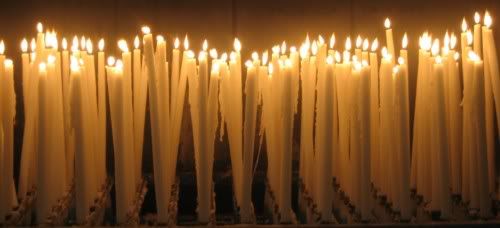
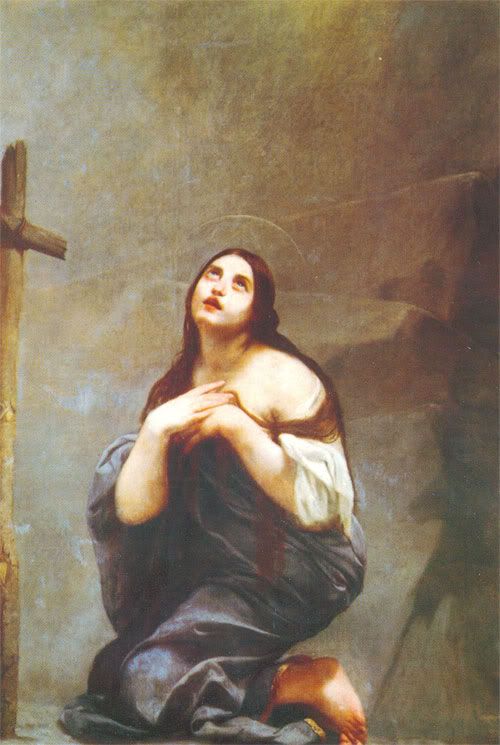





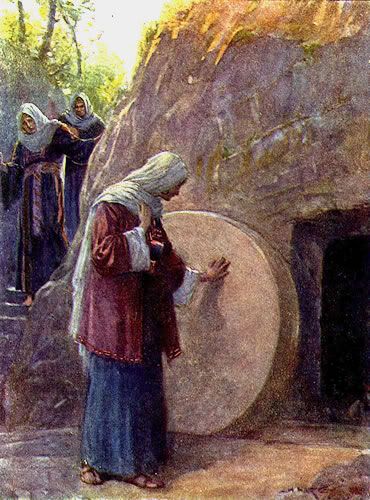



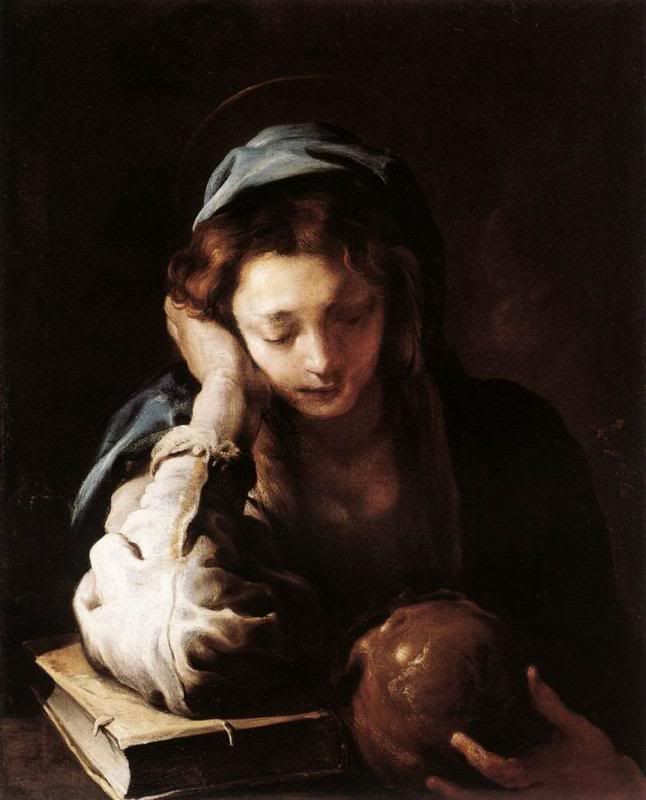

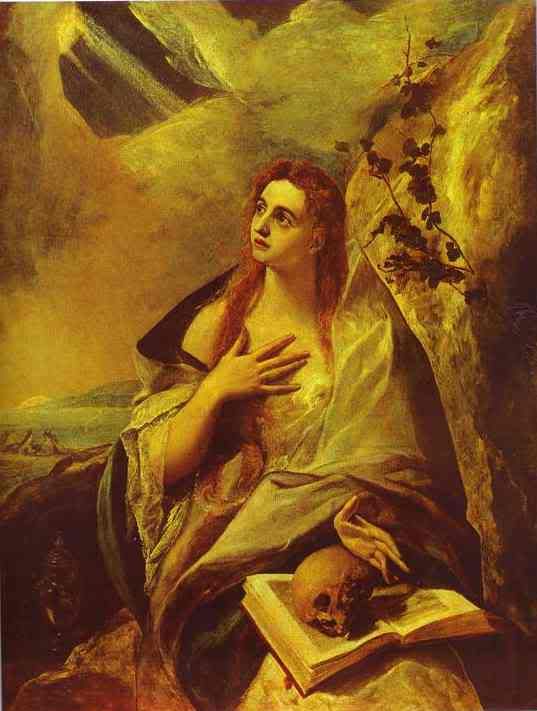
0 comments:
Post a Comment
Thanks for leaving a comment. If you wish to submit a prayer request, however, please do so above, using the "Contact" tab.